How Do Cell Phones Work
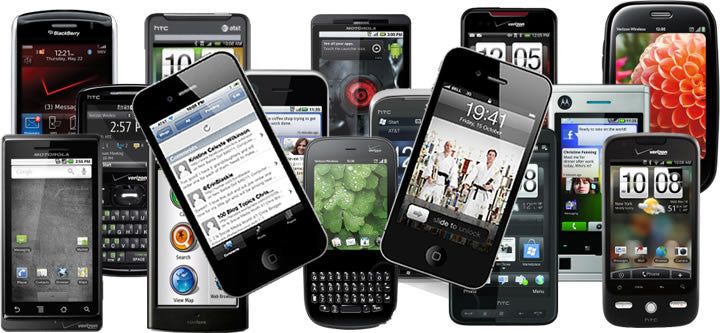
Image source: thereferencepoint.com
Technology is an ever present component in our day to day lives. As technology grows we come to expect more from every device we use. Communication technology has grown vastly over the years.
Starting with simple land lines which are telephones that was connected directly to a wall and growing into the smartphones that we know today. Land lines are becoming more obsolete. They are typically seen in professional workplaces. In our day to day lives it is much easier to use cell phones.
Cell phones have grown from the chunky devices that they once were. When cell phones were first developed they only made calls. They were too large to really carry as a mobile phone.
Instead of the sleek design we are use to today they resembled their land line counterparts greatly. As technology grew the phones became smaller, there was a simple number pad and directional pad, and there were even a few games to play.
Now we expect much more from our smartphones. Many people avoid using smartphones for their rudimentary purpose of making phone calls. Texting is easily surpassing making phone calls.
It is quick and easy. We expect phones are able to play games, text, hold hundreds of apps, take professional quality photos, edit photos, take videos, tell us the weather, keep track of our schedules, wake us up, act as a flashlight, and basically be an office to go.
This list barely grazes the surface of what people are able to do on their smartphones now. Smartphone technology is growing and becoming more powerful.
Using a smartphone is becoming the standard. This technology will only continue to grow. Even though the technology is changing and we are developing better phones the basic technology is still similar to when it started.
Wireless Cell Phones
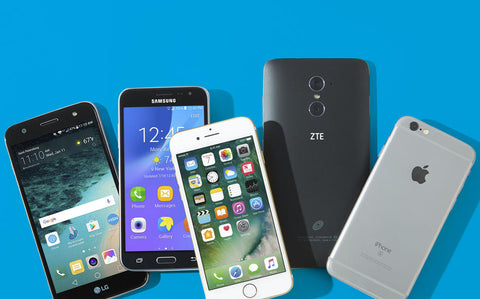
Image source: HSN.com
The appeal of a cell phone is the ability to do everything on the go. Our fast pace lives do not allow us to stop moving. Land lines are much too constricting in how they work.
A land line needs an electrical cable to communicate your call. In the most basic sense a land line transmits your words through a wire and it ends up at your desired location. There are a few extra pieces in between but cell phones are much more advanced.
A cell phone sends your calls through to another person without having a wire connection. This is executed through electromagnetic radio waves. These waves are able to receive and send the sounds that are typically transmitted through a wire.
Electromagnetic radio waves are used in many different devices. As you go throughout your day you are surrounded by devices that are transmitting these waves.
Whether you are at home watching a TV show, in the car making a phone call, or at work typing on a computer. There are electromagnetic radio waves flowing all around you. Our favorite small devices, smartphones, are quickly becoming the biggest source of electromagnetic energy being used.
Calling

Image source: verywell.com
Making a phone call starts with one cell phone capturing a person's voice through the phone's microphone. This microphone takes in the sounds that you are making and converts this information into a pattern of electrical signals.
To send these signals through radio waves they must then be converted into a series of numbers. A microchip in the phone is able to make this conversion. Then these numbers are transmitted through an antenna .
After these radio waves leave the phone's antenna they travel through the air until they reach a cell phone mast. This mast will be the go between for the caller and the receiver. It will help to transmit your call to locations that are further away.
The mast collects the signals from antennas and all of the signals are organized by the base station. There are many local portions of a cell network. These local stations are called cells. The base stations are able to transmit the calls to the intended recipient.
Depending on what type of call you are making your call will travel a different path. If you are making a phone call to someone that has the same network as you the call will have a more direct route.
The call will end up at a base station that is closest to the recipient's location then ultimately end with the recipient. If you are calling a different network or a land line the call will have to route itself to different stations.
These calls will go through different networks until they are connected with their recipient.
All of this information is traveling at the speed of light to help you make your phone call. Your information is converted through your phone, bounced off different stations, and transmitted through the speaker of another phone almost instantaneously. This speed and efficiency is only possible because of the way networks are setup.
Masts 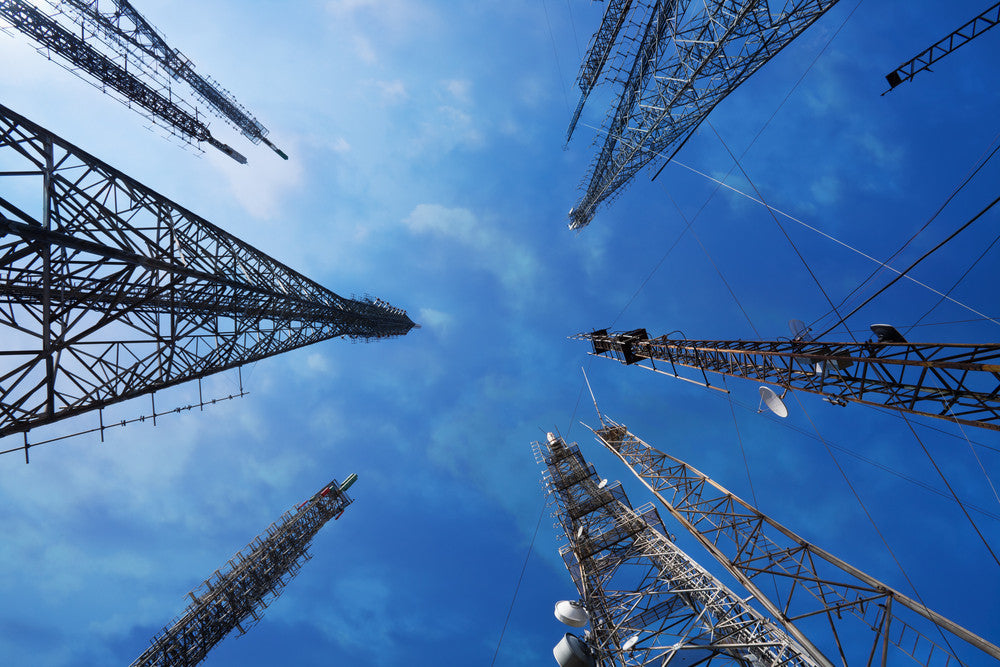
Image source: verdict.co.uk
In a basic sense you could compare a cell phone to a walkie talkie. A walkie talkie appears to have the same premise of a cell phone. One person sends a message through the walkie talkie to a receiver and then the roles reverse. Messages are able to travel through the air to another person quickly.
Cell phones work on a much larger scale. If cell phones worked exactly like walkie talkies we would run into the problem of getting call interference all the time. If too many walkie talkies are used in one location the signals get confused.
They are not able to decipher the sender and receiver as clearly. This means your message will end up with the wrong person or not come across clearly when it reaches the receiver.
Cell phones have to work differently than walkie talkies for anyone to use them properly. They have specific designs so they are able to send messages over long distances without using too much power.
Every cell phone has two main components for making phone calls. A radio transmitter that sends out radio waves and a radio receiver that receivers those waves.
These two components are actually not very powerful. They are not able to send or receive signals from locations that are far away. Even though this seems counterproductive it actually how the cell phones are designed to work properly. With this design the call only has to travel to the closest mast and base station.
The base station is able to pick up even slight signals. These signals are then re-routed to their recipient. The masts for these stations are massive. They are larger antennas that are able to receive and send out signals over larger distances than a cell phone antenna.
Their location is typically on a taller location like a building or on an elevated portion of land.
Without these masts cell phones would be much different. Our cell phones would need to have much larger antennas to make up for the distance the messages need to travel.
We would also need batteries that are larger. It takes more power to send messages over great distance. The phones would be so big they would no longer be portable. By having a cell phone transmit to the closest mast you are conserving as much power as possible since the message is traveling a smaller distance.
Network Cells
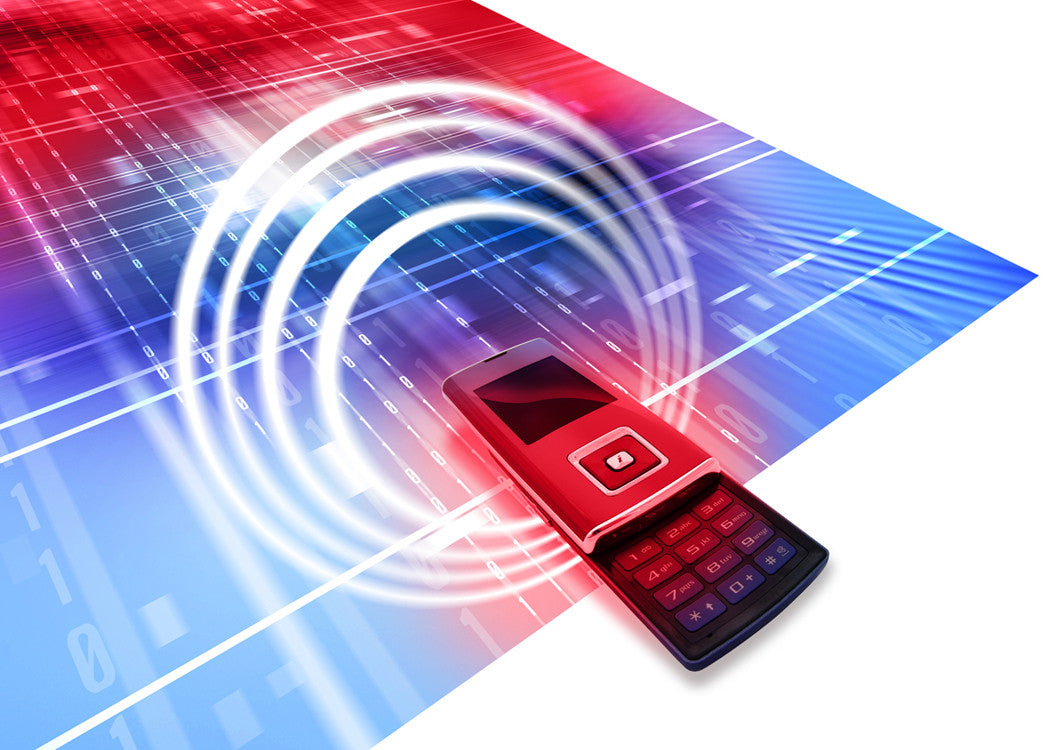
Image source: blog.learnit.com
The cells in a network are essential to have effective communication for all people using a cell phone. If these localized cells did not exist cell phones would be much like walkie talkies.
Unable to make the right connections, would pick up calls from other people, and our conversations would not go as smoothly without intended recipient.
In most places many people want to talk on their cell phones at the same time. Big cities would become a mess of people trying to make calls without any way to direct those calls to the correct person.
The radio waves that phones send out would need to be different for every call. If these waves are different it would help to keep these calls distinguished from each other so you would be successful in having a conversation with your intended recipient. The problem with this is the amount of people that need to make calls at the same time.
In a big city the amount of frequencies that would be needed would be astronomical. There would be no way to provide that kind of service to one location that was making that many calls at a time.
Instead of using many different radio frequencies to directly talk cell phone to cell phone network cells help to direct calls. These cells are able to divide heavily populated areas into smaller sections to share the workload. These cells fit together neatly like a puzzle of hexagons.
These cells are made up of a base station and a mast so calls can be routed correctly. These cells are able to handle large volumes of calls. In heavily populated areas there will be more cells to help handle the calls that are going out and coming in. An area that only has a few people would not need as many cells to accommodate their calls.
How Calling Works

Image source: howitworksdaily.com
When you are making a simple phone call your call passes through a few places. It starts with you on your own cell phone. You make a call to your intended recipient but it does not reach them directly. Instead your call will first transmit to a mast and base station that is close to you.
Once the call is at this first base station it will be transmitted to a mast and base station that is close to your recipient. This base station transmits your call to the recipient.
A roaming call works a little differently than a simple call. At its core it follows the same path. Caller, first mast and base station, second mast and base station, and finally recipient. A roaming all is any call that will move to a different cell while the call is taking place.
This can happen as you are walking or driving to a different location. As you move your distance from different masts and base stations will change and your call will be rerouted to the closest one.
Depending on how far you're traveling your call may travel through many different cells. A caller may start in cell one, and travel through cell two, cell three, and end up in cell four.
As the caller moves through the cells the call will be transmitted from the mast and base station in cell one to cell two and so on. The call being handed off will not interrupt your call but allows you to travel a larger distance without dropping your call.
To allow more calls to be transmitted at the same time cells are needed. These cells are able to sort the radio waves that are within them to the correct mast and base station. Keeping the distances these radio waves travel short help to conserve your phone's battery.
Land line versus Cell Phone
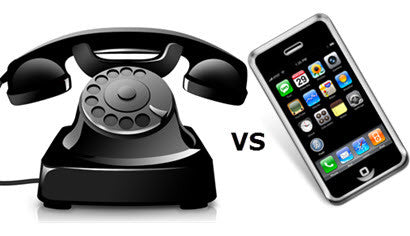
Image source: davescomputertips.com
When cell phones were first created and use they used analog technology. There are some land lines that are still using this technology. Most are moving to a more advanced way of communicating.
An analog call is centered around the vibrations of your voice. The vibrations travel along a electrical cable and create an analogy of your voice that is transmitted to your recipient.
Cell phones are not able to use analog technology because they do not use electrical cables. Instead cell phones use digital technology. This digital technology is able to turn your voice into a pattern of numbers and then use these numbers to transmit your call.
Digital technology has made our lives so much easier in terms of phone usage. Current cell phone technology would have never developed in digital technology was not created.
Cell phones use digital technology to take information and turn it into data that can be sent easily phone to phone. People are able to send texts, music, pages to websites, and even photos.
Cell phones that use digital technology are much safer to use than previous analog phones. An analog phone transmitted conversations in a manner that people could intercept the call. A radio receiver called a scanner was used to listen in on conversations.
We are able to use cell phones to encrypt their information. Encrypting is something the phone does by scrambling the mathematical code the phone is sending. The mathematical code is the digital number your voice or information is converted into to send to another phone.
Advancement in Cell Phone Technology

Image source: getoffmylawn.co.nz
Cell phone technology is changing the way we live our lives. More and more can be done on your cell phone. What was once reserved for a desktop computer can now be done on the go.
Almost any company you want has an app for your cell phone. People are able to use their phones for entertainment, a mobile computer for work, and a way to keep track of their everyday lives.
In less than thirty years cell phone usage has increased exponentially. In the early 2000's under sixty percent of the world's population was able to access 2G network from their phone.
In 2015 ninety five percent of people had access. There are more than 7.4 billion subscriptions to cell phone networks. That means almost everyone on the plant has a cell phone.
The way people use their phone has changed a lot over the years. When cell phones were first introduced they were status pieces. They were too large to really be a functional mobile phone and cost thousands.
As the cell phones advanced people took to using them for phone calls. Many people had a cell phone for emergencies. In fact about seventy percent of emergency calls are made from cell phones. cell phones were used as mobile land lines.
As technology grew people started to branch out. Cell phones had small games to play and they became popular to text on. These short messages were used to communicate conversations without the need to call another person.
Currently cell phones are nothing like their land line counterpart. They are closer to laptops in the amount of data they are able to send and receive. While cell phones are able to make phone calls that is not a function people consider when buying a phone.
Instead people are looking at the memory available so they can download more apps. They look for the quality of pictures the phone is able to make. There are companies that create new phone designs and compete against one another to sell more features. People are able to do so much more than ever imagined.
Cell phones are able to switch between using a phone's network, to WiFi to continue to provide the user with their phone services.
People are able to surf the web through use of WiFi when connected. Bluetooth allows people to connect to different devices like cars so their phone is hands free as they drive.
Land lines are still used in our society but they are quickly being overtaken by the use of cell phones. As technology with cell phones advance so will our dependence on them. For many people their cell phone is an integral part of their life.
Cell Phone Radiation
Naturally as our use and dependance on cell phones continues to grow so does our exposure to cell phone radiation.
Cell phone radiation has been overlooked the past five years but is becoming a much larger concern for people everywhere. As science and research continues to build more fact based evidence that cell phone radiation is harmful; users are beginning to become more interested in their protection against cell phone radiation.



